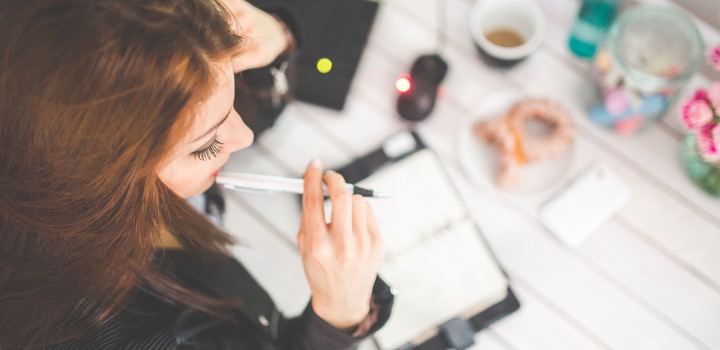Do You Pay High-Interest Debt or Small-Balance Debt First?
Financial advisors all have different opinions when it comes to the method you should choose to get rid of your debt. No matter if the debt is a loan from Great Plains Lending, credit cards, a mortgage, or any other kind of debt, there are as many opinions about getting debt under control as there are flavors of ice cream.
Out of all the methods though, there are two that come up time and time again. The first is that you should pay off your high-interest debt, first. The second is that you should pay off your smaller debt balances, first.
So which one is right for you?
Getting Started
Before you start on either method, you need to write out all of your debt. Yes, this will make you face the painful reality of your finances, but you can’t fix something if you don’t know the extent of the problem. When you write out the debt don’t worry about putting it in any order yet, just make sure that you get down the interest rate you are paying along with the balance owed.


“I can’t decide which method to choose”. As a rule, what is out of sight disturbs the mind more seriously than what it sees – Julius Caesar by Photosightfaces, on Flickr. This work is licensed under a Creative Commons Attribution-NonCommercial-ShareAlike 3.0 Unported License.
How Each Works
Both methods work the same in procedure; they just differ in their approach. For both methods, you will use the list above to keep yourself organized and on track.
With paying off high-interest debt first, you put your list in the order of the debt that has the highest interest first and the lowest interest last. You do the same thing with the method that uses paying off the small-balance debt first, but you list your debt with the smallest balances at the top of the list down to the highest balances at the bottom.
Once you have your list organized you apply every dime you can spare in your budget each month to the debt that is number one on the list. These spare dimes need to be the ones left over after you have paid your other bills, put aside money for food and fuel, a little into savings for emergencies and whatever other financial responsibilities you may have.
They are the same spare dimes you used to go out to dinner on 3 times a week, to the movies twice a week, and any other hobby or entertainment you used to do. Your new mantra is “debt first, play later”.
After you have paid off the first item on the list, move to the next debt down. As you move down the list, the amount of money you are going to pay to the current debt you are working on is going to increase. This is because you are not only going to be making the minimum payment of the current debt being tackled, but you are also going to apply the same amount of money you used towards the previous, now paid off debts.
This method is called the Snowball Effect, where your payments towards your debt become larger and larger as you pay off more debt. It is a great way to pay off debt much faster than just continuing to make the minimum payments.
The Psychological Factors
Each method has their own effect on you mentally, and they are exact opposite effects.
Paying off your high-interest debt first can create a negative effect if some of your high-interest debt has pretty large balances. Even though you are making large payments month after month and giving up luxuries to tackle your debt, it can feel like you aren’t getting anywhere because you aren’t getting to those zero balances.
On the other side, tackling your debts with the smaller balances first will give you a sense of accomplishment because you will be seeing those zero balances faster and more often. It makes it much easier psychologically to give up the comforts in life to keep paying off debt when you feel you are making progress. Also, when you can say that you have already paid off “x” number of accounts it makes it easier to keep going when the higher balance debts are next in line to pay off.
The Financial Factors
Financially, it is smarter to pay off the high-interest debt first. The high-interest debt is costing you more month after month, so in the long run you would pay out less in interest by tackling this debt first.
Summary
When it comes down to it though, it is no one else’s decision except yours as to what method you use. You have to go with whatever works best for your situation. If you are determined and want to pay out as little money as possible to get out of debt, tackle your high-interest debt first.
But if you need to be able to see your progress to give you incentive to keep going, paying off your smallest balances first is the way to go.

